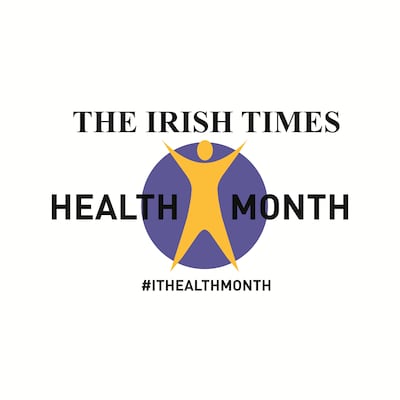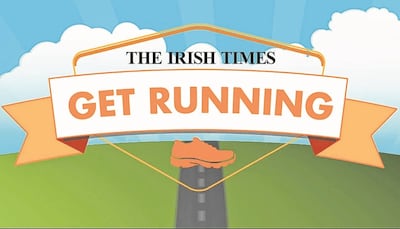Christmas is the time of year when most of us let go of healthy eating habits and instead indulge in the rich foods and drinks on offer.

And while the traditional Christmas dinner of roast turkey with cranberry sauce, vegetables and potatoes isn’t in itself unhealthy, the wines and spirits, Christmas cake, puddings and chocolates that are often binged on for days over the Christmas holidays are.
So, with the new year in sight, now is a perfect time to take stock and embrace some healthy eating habits (again!) which should help prevent extra kilos from piling on.
1) Clear the cupboards of tempting treats
Use the next few days to share, give away or eat the rest of the Christmas treats. Unopened boxes of chocolates can be stored away for emergency presents and Christmas cake can be shared with family and friends. And, don’t be tempted by the post-Christmas supermarket offers for cut-price Christmas puddings or mince pies! If you are serious about getting back on track, it’s a good idea to empty your cupboards and fridge of fizzy drinks, biscuits, chocolates and sweets as well so, when the sugar cravings set in, you can reach for fruit, cheese and crackers, herbal teas or water.
2) Get back on schedule
Christmas holidays are often spend getting up later than usual, eating irregular meals and staying up into the night with plenty of snacks nearby. So, if you’re concerned that you’ve eaten too much, getting back into a routine of three meals a day with healthy snacks in between is a useful strategy.
3) Plan your meals
Nutritionist Laurann O’Reilly says that planning, shopping and batch cooking meals in advance is a good way to eat healthily. “When planning, make sure you include a good quality source of protein [lean meat, chicken, turkey, fish or plant-based protein], complex carbohydrates [wholegrain bread, brown rice or pasta or oats] and a wide variety of fruit and vegetables,” says O’Reilly.
4) Watch your portion size
Having the right quantities of protein, carbohydrates and vegetables on your plate is key to well balanced meals. So, using your hands as a visual aid, the palm of your hand equals one portion of protein (one-quarter of your plate), your fist equals one portion of carbohydrates (one quarter of your plate) and two fists is equivalent to adequate amounts of vegetables (half of your plate).
5) Drink plenty of water
Your individual water needs depends on how active you are, how warm/cold your environment is and your overall health. On average, we are advised to take in two to three litres of fluids per day. This includes water, other drinks and water from foods. About 20 per cent of our fluid intake comes from foods. For example, vegetables such as celery or water melon are over 90 per cent water. O’Reilly says that we can often mistake thirst for hunger. “So if you’re feeling peckish, try drinking some water first and see how you feel.” And limit the amount of tea and coffee you drink because not only does caffeine impair our bodies’ ability to absorb valuable vitamins and minerals but it can interrupt sleep which lowers our guard against reaching for sweet treats.
6) Avoid takeaway foods
And beware of eating for comfort or when bored. “Takeaway foods are high in calories, sugar and processed ingredients so don’t undo the hard work by opting for a takeaway meal. Meal planning and preparing your foods in advance can help take away the temptation of takeaways,” says O’Reilly. Similarly, aim to break the habit of eating and drinking while watching your favourite series, when chatting to a friend on the phone or when you are tired and bored at the end of a busy day. Giving up this form of passive eating will reduce your daily calorie intake significantly.
7) Eat mindfully
Eating is a sensory experience involving sight, smell, taste, touch and texture. To enjoy your food properly, it’s best to focus on what you are eating rather than eating distractedly while doing something else. This so-called mindful approach to eating is also beneficial for your mental health. “It’s about slowing down when you are eating – looking at, smelling and appreciating your food as you taste and eat it. We eat so fast that we don’t register the signal from the stomach to the brain when we are full,” says Brendan Harold, dietician manager with the HSE.
8) Deal with sugar cravings
Nutritional therapist and author of Goodbye Sugar, Elsa Jones says that dealing with sugar cravings involves dealing with both the physical and emotional triggers. “It’s vital to eat nutritionally balanced meals that will keep blood sugar levels stable, leave you full and less likely to crave sweets. Include protein with every meal, drink plenty of water and keep healthy snacks at hand. When a craving hits, take a moment to pause and reflect. Ask yourself if you are experiencing physical or emotional hunger, tune in and ask what do I really need? Perhaps it’s a rest or doing something that brings you joy and comfort. A short sugar detox is a great kick-start and will reset your taste buds away from sweet foods. Over time your sugar cravings will reduce and you’ll start to enjoy natural sweetness found in the likes of fruit etc.” says Jones.
9) Exercise daily

The World Health Organisation recommends between 150 and 300 minutes of moderate to vigorous aerobic exercise per week for all adults and an average of 60 minutes per day for children. All physical activity counts whether it’s part of your work, sport, leisure, travel, household or gardening tasks or active play. Obviously, exercise will only help you lose weight if you burn more calories than you take in through food. But, remember daily exercise will improve your physical fitness and mental wellbeing which should motivate you to eat more healthily too.
10) Sleep well
Going to bed at the same time each night and sleeping for seven to eight hours helps regulate your metabolism. Sleep deprivation can increase a sense of hunger and tempt you into eating unhealthy foods. And, to sleep better, you should avoid eating a heavy meal three to four hours before bedtime. Not eating anything after your evening meal until breakfast the next morning helps some people to keep their body at a stable weight.

Sign up for one of The Irish Times' Get Running programmes (it is free!).
First, pick the eight-week programme that suits you.
- Beginner Course: A course to take you from inactivity to running for 30 minutes.
- Stay On Track: For those who can squeeze in a run a few times a week.
- 10km Course: Designed for those who want to move up to the 10km mark.
Best of luck!








